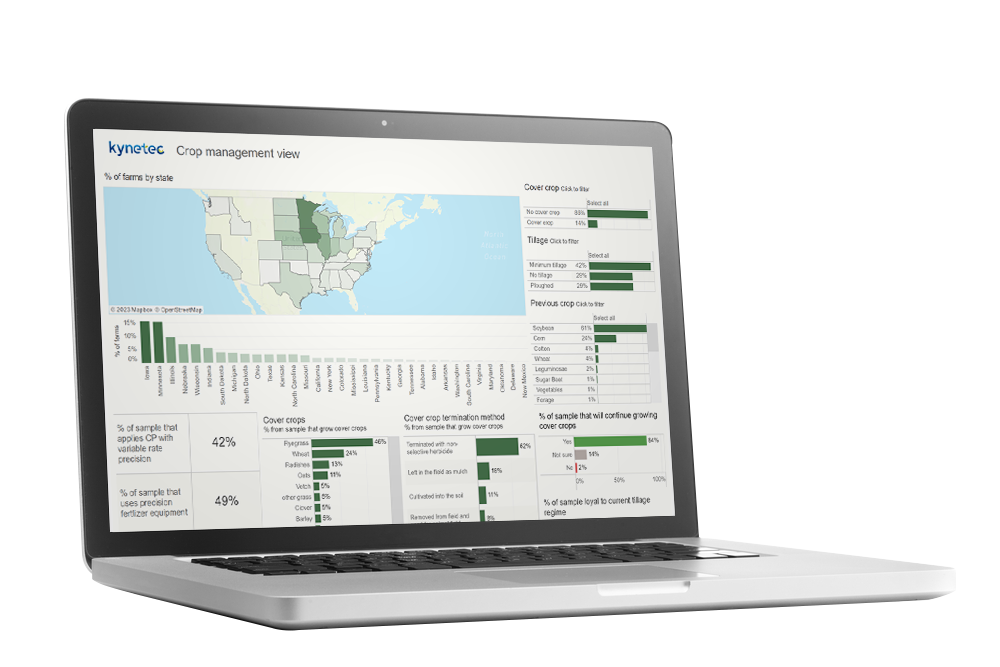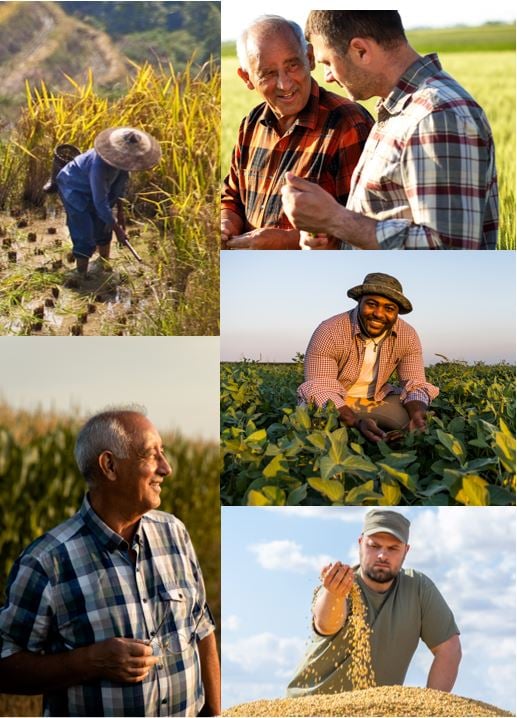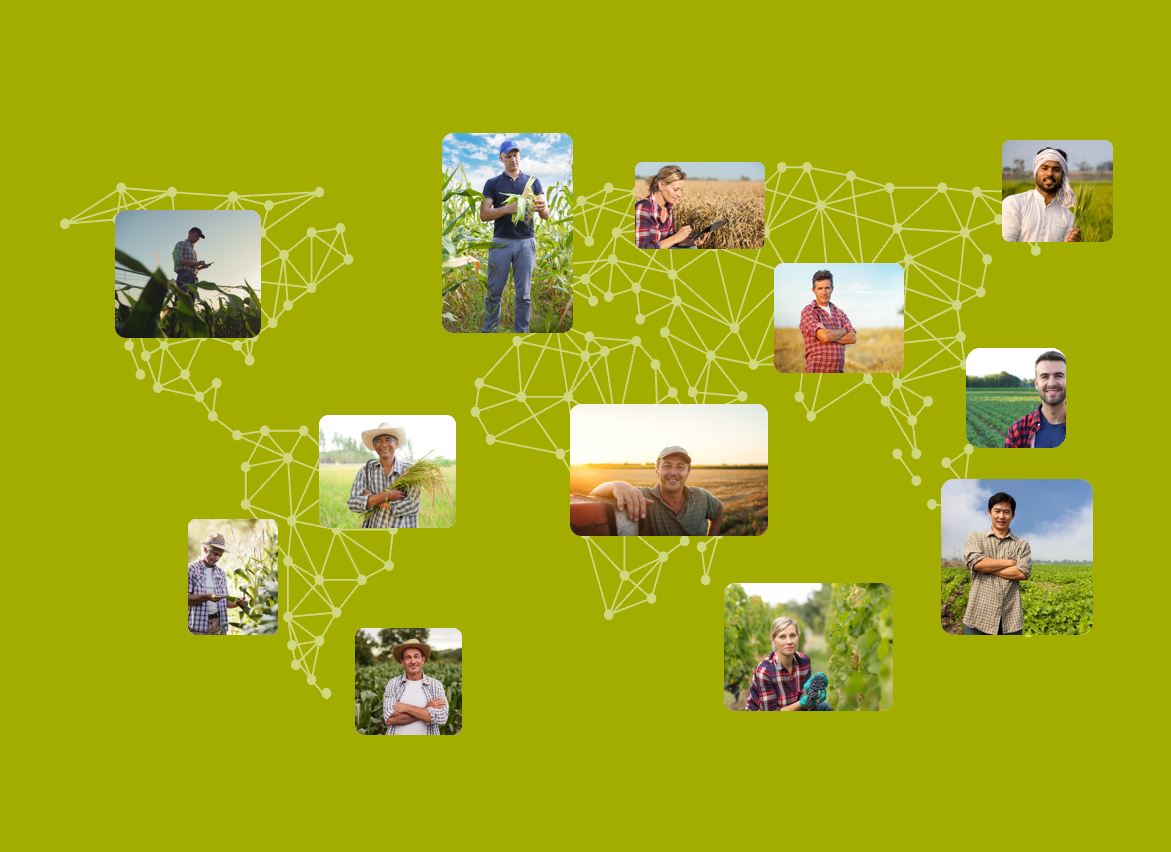FarmTrak Sustainability: Data and analytics for agriculture sustainability globally
.jpg?width=1000&height=668&name=Farmer%20holding%20soil%20-%20shutterstock_401548723%20(2).jpg)

Monitoring and reporting of all major commodities, at scale
FarmTrak Sustainability provides the data and insights needed to understand how 570 million farmers impact climate, water and biodiversity.

Annually updated primary data, combining earth observation with representative samples of crop and livestock farmers in over 50 countries
FarmTrak Sustainability enables players across the agribusiness chain to access for the first-time primary data, collected directly from farmers.
The data from FarmTrak Sustainability replaces:
- Out of date, inaccurate, incomplete inconsistent secondary data
- Data dependent on earth observation alone
- Self-complete platforms, that place the burden on farmers entering data themselves
- Unrepresentative data from supply chains, where data is inherently biased due to it not being random

Supporting agribusiness to help farmers farm more sustainably
FarmTrak Sustainability enables agribusinesses to identify on which types of farms and geographies to focus sustainability initiatives, measure if interventions are making a difference and calculate how much benefit can be claimed in ESG reporting.
Solving problems and creating opportunities
Combining primary on-farm data with advanced analytics of earth observation and other data sources, and the APIs of a range of environmental impact models, FarmTrak Sustainability provides the data and insights needed to measure and track improvements in carbon emissions, biodiversity impact, water use and water quality in the most significant agricultural sectors.
Summarized in three use cases:- Scope 3/ESG reporting
- Sourcing footprints
- Measure and Report, the "MR" of "MRV"
Three-year rolling average ESG reporting for all major commodities for each nation.
Baseline farming activities and environmental impact of individual fields and sourcing regions in order to determine additionality opportunities (use of carbon products/ interventions).
Intervention market penetration, speed of market uptake, market potential and comparisons (trends) between years, between commodities, and between geographies (country, state, zip code, sourcing regions).
Return on investment for each intervention deployed, compared against local baselines and between years. Measure the CO2e of off-setting and in-setting outside and inside your supply-chains respectively.
Request Demo
Request a demo to learn more about FarmTrak Sustainability.
